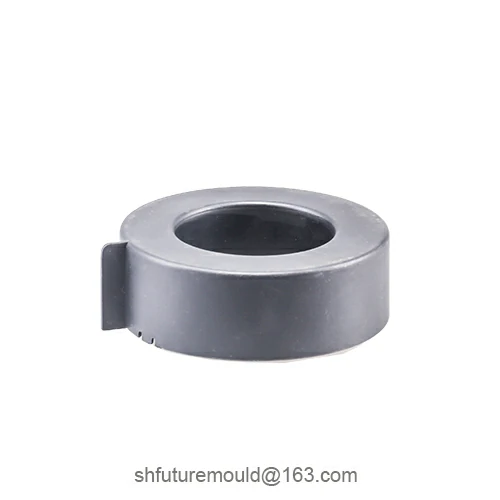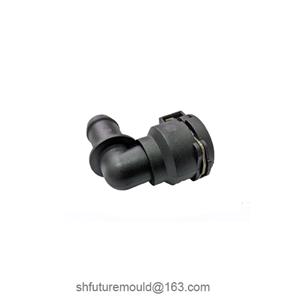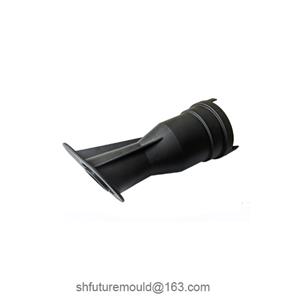How to Address Flow Marks/Streaks in Injection Molded Products
Flow marks or streaks are common visual defects in injection molding, appearing as uneven color distribution, striped patterns, or cloudy traces on the surface of plastic parts.
1. Inconsistent Material Mixing or Moisture Content
Causes:
Uneven mixing of plastics from different batches or colors.
Inadequate drying of raw materials (high moisture content), leading to vaporization during injection and resulting in flow marks.
Solutions:
Thoroughly dry materials (e.g., PC requires drying at 110°C for 3–5 hours).
Use high-speed mixers for uniform color blending.
Avoid using hygroscopic materials without proper drying.
2. Improper Temperature Settings
Causes:
Low or uneven barrel/mold temperatures, cause poor melt flow or cold material entering the cavity and forming streaks.
Solutions:
Increase barrel temperature, especially near the nozzle.
Raise mold temperature to ensure smooth melt flow.
Verify the accuracy and stability of temperature control systems.
3. Incorrect Injection Pressure or Speed
Causes:
Low injection speed or insufficient pressure, causes uneven melt distribution and premature cooling.
Solutions:
Increase injection speed to fill the cavity rapidly, minimizing cold streaks.
Optimize holding pressure and time to improve surface density.
Apply multi-stage injection programs to adjust speed gradients.
4. Mold Design Issues
Causes:
Poor runner/gate design (e.g., improper size or location).
Inadequate mold polishing or dead zones in the cavity.
Solutions:
Optimize mold design for balanced runners and gates.
Add cold slug wells to block cold material from entering the product area.
Polish the mold cavity to reduce melt turbulence.
- Injection Mold
- Automotive Injection Mold
- Electronics & Electrical Injection Mold
- Consumer Goods Injection Mold
- Airplane Components Injection Mold
- Medical Components Injection Mold
- Irrigation Components Injection Mold
- Injection Molds




